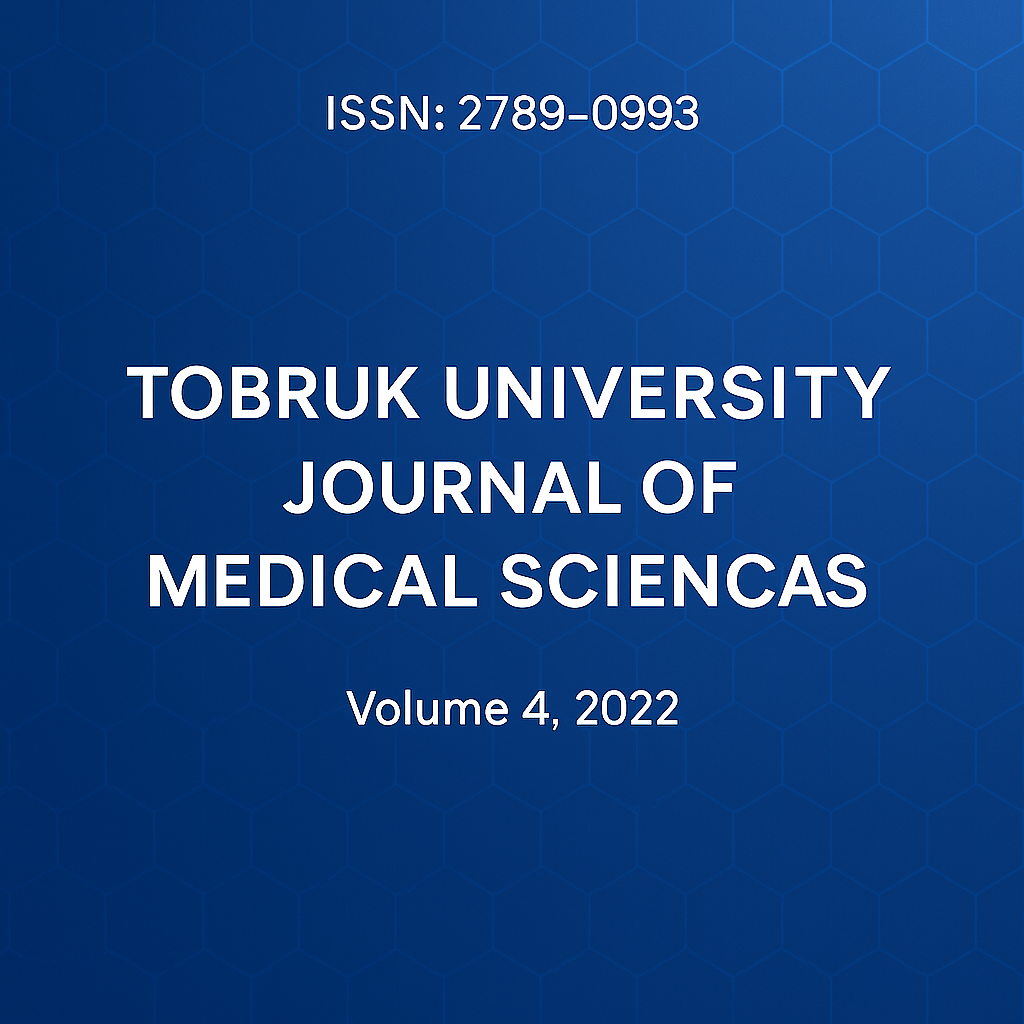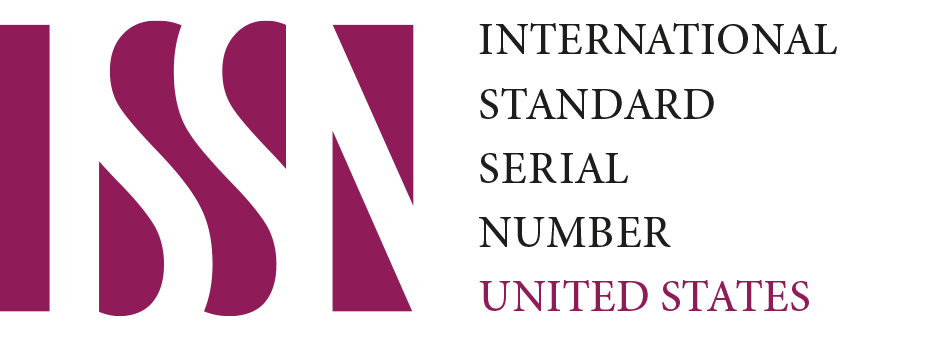Diagnosis and Rehabilitation Clavicle Fracture by Radiography and Physiotherapy
DOI:
https://doi.org/10.64516/9w3nd107Keywords:
Clavicle fracture, Shoulder girdle, Radiological diagnosis, PhysiotherapyAbstract
The aim of this study is to investigate the causes leading to clavicle fractures, with a particular focus on cases treated at Almahmed Centre in Tobruk. The shoulder girdle, one of the largest and most complex regions of the human body, is often involved in such injuries. There are multiple reasons that may lead a physician to opt for surgical intervention and joint implantation. This study explores the most common causes of clavicle fractures observed in the Tobruk area. It discusses the anatomy of the clavicle bone and its surrounding structures, including muscles, ligaments, nerves, and adjacent bones. Diagnosis was performed using radiological methods such as X-ray, MRI, and CT scans. Rehabilitation was conducted through physiotherapy to facilitate recovery in the shortest time possible, reduce complications, and help patients return to normal daily activities. Clinical data were collected from Almahmed Centre in Tobruk, where eight patients (three males and five females) with clavicle fractures were identified. These fractures resulted from various causes, including accidents. Two cases were followed up postoperatively. Clavicle fractures are among the most complex types of fractures in terms of fixation difficulty. They often require surgical intervention and prolonged physiotherapy, yet most patients are able to resume daily activities with the help of effective rehabilitation.
References
1. Bentley TP, Journey JD. Clavicle Fractures. In: StatPearls [Internet]. Treasure Island (FL): StatPearls Publishing; 2020 [cited 2025 Jul 3]. Available from: https://www.ncbi.nlm.nih.gov/books/NBK507892/
2. Beall MH, Ross MG. Clavicle fracture in labor: risk factors and associated morbidities. J Perinatol. 2001;21(8):513–5.
3. Chen CH, Chen WJ, Shih CH. Surgical treatment for distal clavicle fracture with coracoclavicular ligament disruption. J Trauma Acute Care Surg. 2002;52(1):72–8.
4. Chan KY, Jupiter JB, Leffert RD, Marti R. Clavicle malunion. J Shoulder Elbow Surg. 1999;8(4):287–90.
5. Wilk KE, Macrina LC, Reinold MM. Non-operative rehabilitation for traumatic and atraumatic glenohumeral instability. N Am J Sports Phys Ther. 2006 Feb;1(1):16–31.
6. Iovane A, Midiri M, Galia M, Bartolotta TV, Abate M, Sorrentino F, et al. Acute traumatic acromioclavicular joint lesions: role of ultrasound versus conventional radiography. Radiol Med. 2004;107(4):367–75.
7. Mayo Clinic Staff. X-ray. 2022 [cited 2025 Jul 3]. Available from: https://www.mayoclinic.org/tests-procedures/x-ray/about/pac-20395303
8. Robertson GA, Wood AM. Return to sport following clavicle fractures: a systematic review. Br Med Bull. 2016;119(1):111–28.
9. Stone Clinic. Broken collar bone [Internet]. 2019 [cited 2025 Jul 3]. Available from: https://www.stoneclinic.com/brokencollarbone-rehab-protocol
10. Gemas T. Diagnosis and Causes of a Clavicle Fracture [Internet]. Sports Health; 2017 [cited 2025 Jul 3]. Available from: https://www.sportshealth.com/sports-injuries/shoulder-injuries/diagnosis-and-causes-clavicle-fracture
11. Postacchini R, Gumina S, Farsetti P, Postacchini F. Long-term results of conservative management of midshaft clavicle fracture. Int Orthop. 2010;34(5):731–6.
12. Van der Meijden OA, Gaskill TR, Millett PJ. Treatment of clavicle fractures: current concepts review. J Shoulder Elbow Surg. 2012;21(3):423–9.
Downloads
Published
Issue
Section
License
Copyright (c) 2022 Sana I. Souliman, Abeer A. Souliman, Afaf. Salemn (Author)

This work is licensed under a Creative Commons Attribution 4.0 International License.











